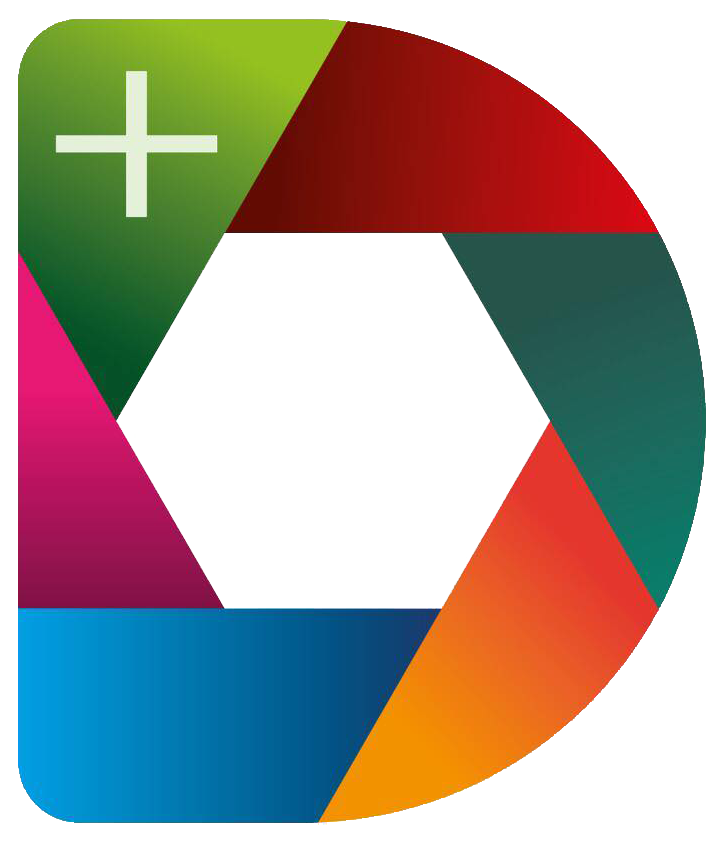
Red Deer: Diversity Magazine covered its first event in the beautiful City of Red Deer. On May 5, 2018, Diversity Team made the 90 minutes drive to witness the exciting and heavily supported 3rd Annual Mother’s Day Tea Party & Luncheon at Radisson Hotel in Red Deer. Organized by Somali Girls & Boys Fund, the event attracted interest from Edmonton and Calgary. This Mother’s Day event was led by the tireless Zainab Mohamoud and her passionate team of volunteers.
It was a bright sunny day in Red Deer, reflected in the colours and diversity of the international fashion show part of the event nicely presented by Sadia Khan, Co-Chair for the Welcoming and Inclusive Communities Network Red Deer. The rich cultural diversity of Red Deer were exhibited through magnificent dresses from different countries with brief summaries to accompany the beautiful women as they made their way across the T-stage and back.
The “Shalwar Kameez” is the national dress of Pakistan and is worn by men and women in all four provinces. In Ethiopa traditional clothes are usually considered to be the beautiful white woven cotton clothing seen in many parts of the country. Traditional women’s clothes are called “Habesha Qemi”. These clothes are made from a cloth called “shemma” which are woven in long strips and then sewn together. Shiny threads are often woven into the fabric and patterns are frequently added to the garments. Women also frequently wear shawls, and sometimes a cloth covering their head (both Muslim and Christian women).
In Vietnam, there are 54 ethnic groups, each having unique and specific styles of clothing. Traits often include splendid colors, seemingly contradicting one another in each outfit: black and red, blue and red or blue and white. “Ao Dai” is Vietnamese traditional garment which is worn by women and sometimes by men. It’s made out of silk and consists of tight fitting tunic, which is worn over trousers.
An “Abaya” is an outer garment worn by women in some parts of the Middle East. It is long-sleeved, floor-length, and traditionally black. The “Abaya” is worn over street clothes when a woman leaves her home and is designed to be loose and flowing, hiding the “curves” of the body. The “Abaya” may slip over the head but usually opens in the front, closing with snaps, a zipper, or overlapping layers.
Representing Albania mother and son, both wearing northern traditional clothes from the region of Mirdita. There are 200 different types of clothing in Albania. Son wearing what is typical for men in that region and the mother wearing what will be representing what women wear.
Palestine displays a wide range of clothing styles depending on locality. The dress showcased is hand stitched and the colours and style are different from city to city. The dress is loose fitting robe with sleeves; the actual cut of the garment is varied by region. It’s worn at parties and weddings. For day-to-day activities, women in Somalia generally wear a “Guntiino”. A “Guntiino” is a long piece of cloth, which is tied over the shoulder and draped around the woman’s waist. For formal events like weddings and religious celebrations, women commonly wear a “Dirac”. A “Dirac” is a long dress usually made of 100% cotton or cotton blends including linen or polyester.
The traditional Indian clothing for women in the north and east are “Saris”. India has a great diversity of fabrics, weaves, and colors that make every piece of clothing unique.
The event had speeches, performances, poetry, and a silent auction.





























































































